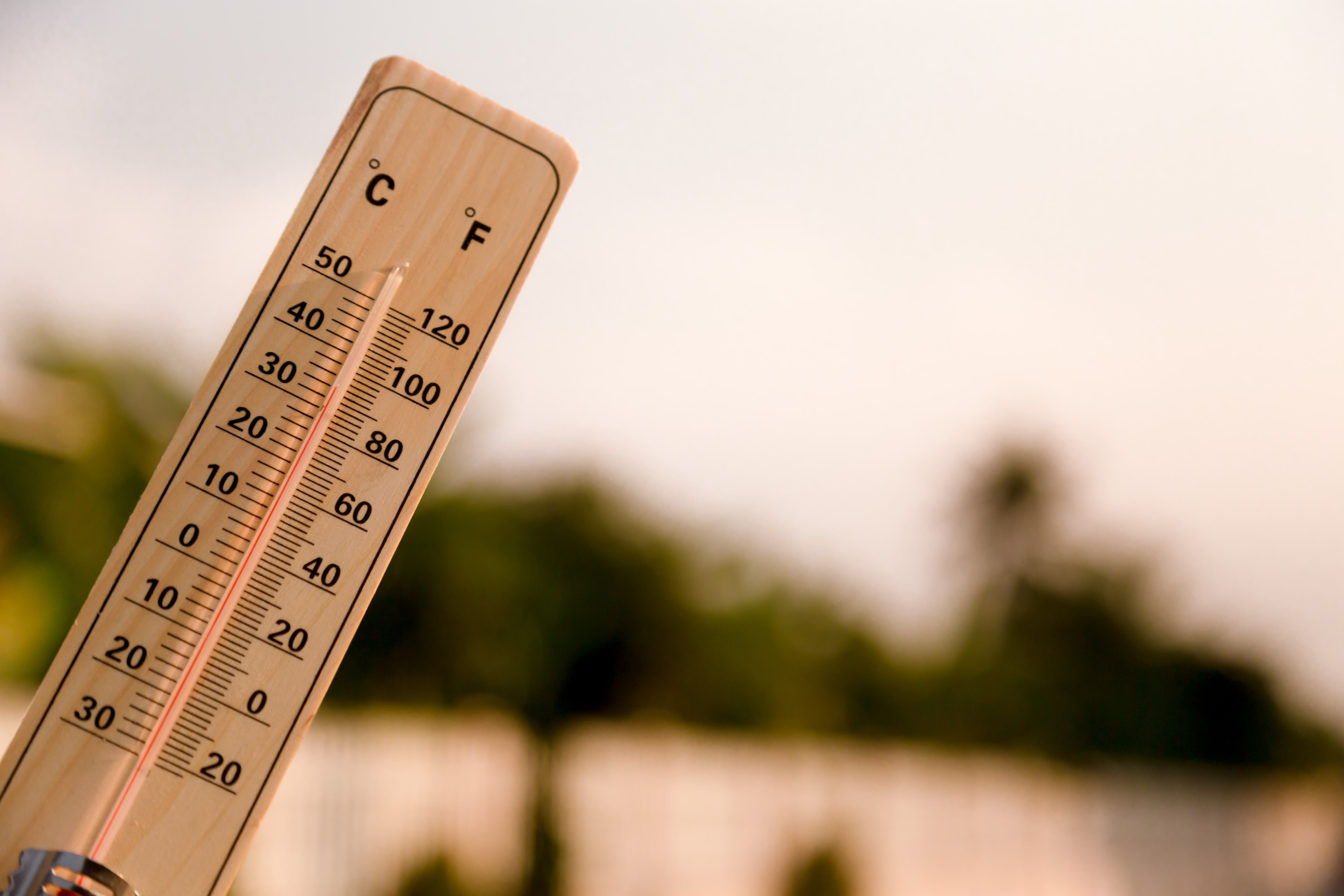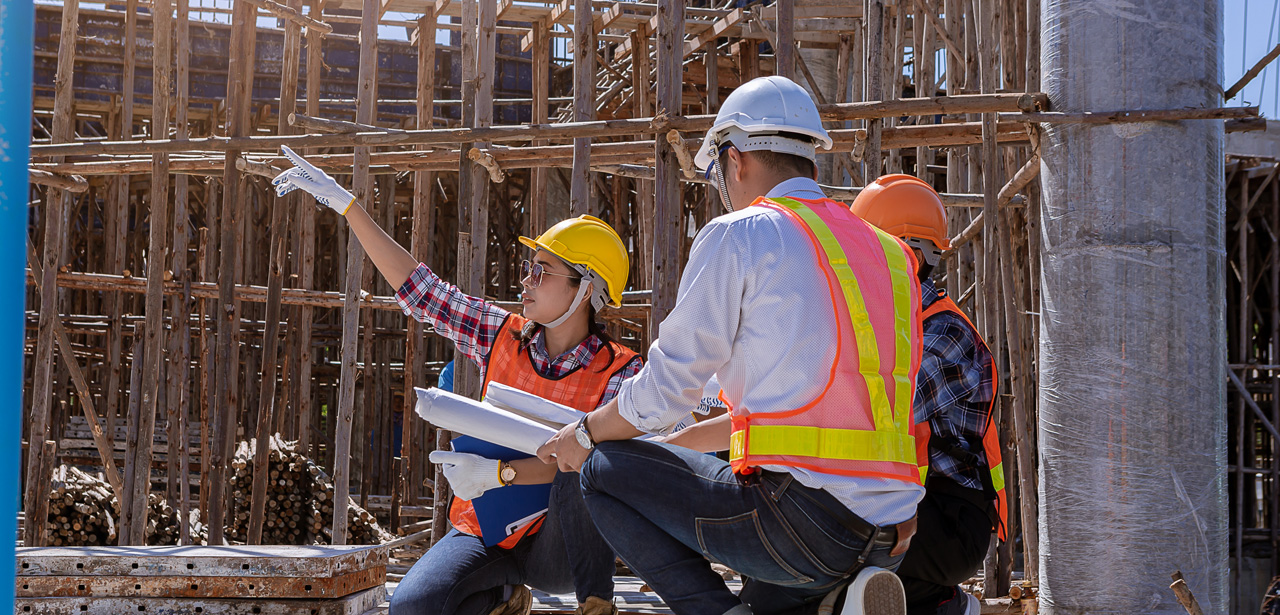Background: the decline in participation rates in surveys, including epidemiological surveillance surveys, has become a real concern since it may increase nonresponse bias. The aim of this study is to estimate the contribution of a complementary survey among a subsample of nonrespondents, and the additional contribution of paradata in correcting for nonresponse bias in an occupational health surveillance survey. Methods: in 2010, 10,000 workers were randomly selected and sent a postal questionnaire. Sociodemographic data were available for the whole sample. After data collection of the questionnaires, a complementary survey among a random subsample of 500 nonrespondents was performed using a questionnaire administered by an interviewer. Paradata were collected for the complete subsample of the complementary survey. Nonresponse bias in the initial sample and in the combined samples were assessed using variables from administrative databases available for the whole sample, not subject to differential measurement errors. Corrected prevalences by reweighting technique were estimated by first using the initial survey alone and then the initial and complementary surveys combined, under several assumptions regarding the missing data process. Results were compared by computing relative errors. Results: the response rates of the initial and complementary surveys were 23.6% and 62.6%, respectively. For the initial and the combined surveys, the relative errors decreased after correction for nonresponse on sociodemographic variables. For the combined surveys without paradata, relative errors decreased compared with the initial survey. The contribution of the paradata was weak. Conclusion: when a complex descriptive survey has a low response rate, a short complementary survey among nonrespondents with a protocol which aims to maximize the response rates, is useful. The contribution of sociodemographic variables in correcting for nonresponse bias is important whereas the additional contribution of paradata in correcting for nonresponse bias is questionable.
Auteur : Santin G, Benezet L, Geoffroy Perez B, Bouyer J, Gueguen A
Revue d'épidémiologie et de santé publique, 2017, vol. 65, n°. 1, p. 71-9


